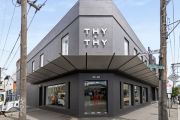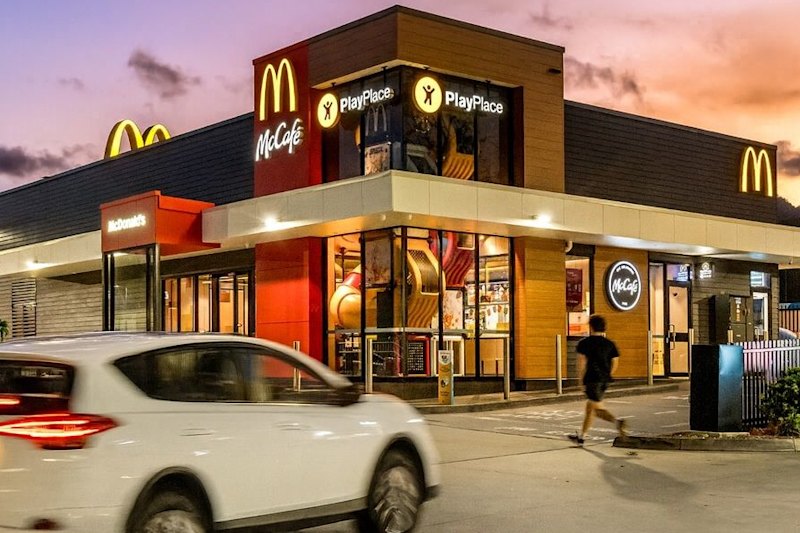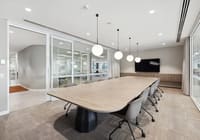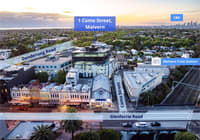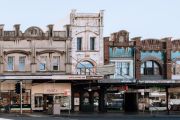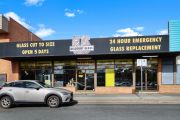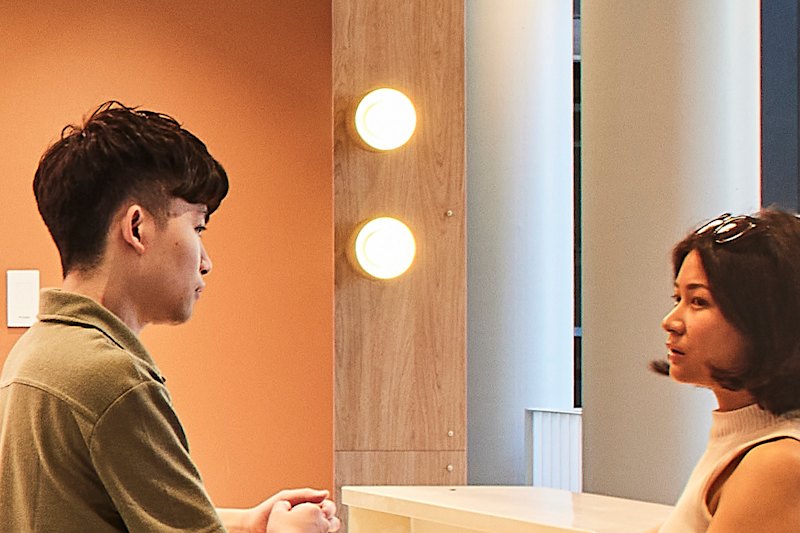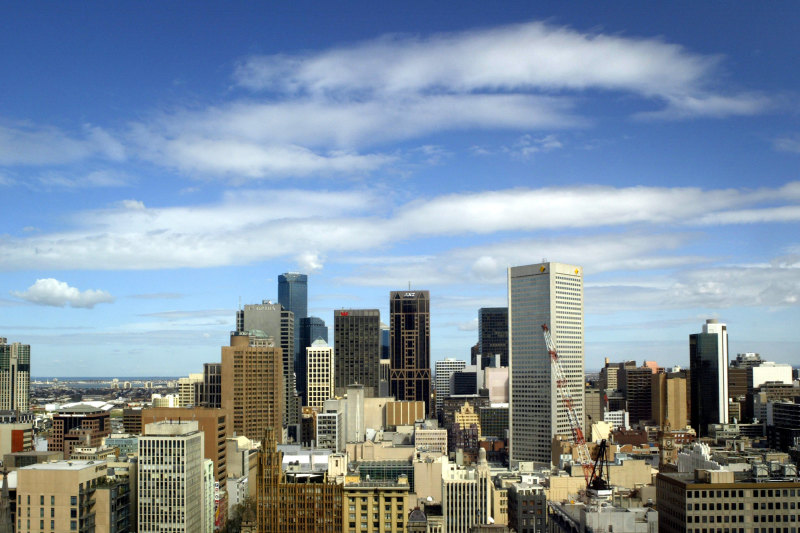
In Sydney and Melbourne, office vacancy rates are surging again
Office vacancy rates hit 12-month highs in Sydney and Melbourne over the final quarter of the 2023 financial year, putting more downward pressure on commercial real estate values.
After falling marginally during the March quarter, the Sydney CBD office vacancy rate rose 70 basis points to 14.4 per cent at the end of June, according to a report from JLL Research.
Driving the higher vacancy rate and negative net absorption of 35,000 square metres of office space in Sydney in the June quarter was an increase in the number of subleases available.
As The Australian Financial Review reported this month, big technology companies are leasing out surplus office space, most notably in Sydney as they reassess their workplace requirements.
Further exacerbating the problem facing landlords, major occupiers such as the big four banks – the anchor tenants for many large office towers – are facing pushback from their staff to return to the office, while the Commonwealth, another key office occupier, has agreed to allow public service employees to work from home as much as they like.
Melbourne, where the return to the workplace has been most sluggish, remains one of the nation’s weakest CBD office market, after its vacancy rate climbed 60 basis points to 16.2 per cent – well above the national CBD vacancy rate, which was unchanged during the June quarter at 14.4 per cent.
Highlighting the challenging market conditions facing Melbourne landlords, prime CBD rents fell 3.7 per cent to $395 per sq m on a net effective basis, whilst incentives rose to a whopping 42 per cent, a separate report from Cushman & Wakefield found.
Rising vacancy rates in the country’s two biggest CBD office markets (which imply lower rental income) is another headwind for commercial real estate values, which have fallen as much as 20 per cent in the face of rising interest rates.

In its report, JLL said new office buildings with high sustainability credentials were performing the best, while vacancy rates were higher in secondary stock.
“Leasing inquiry and activity is concentrated in higher quality office buildings,” said JLL’s Australian head of office leasing, Tim O’Connor.
The smaller Brisbane CBD market, where office demand has been boosted by infrastructure projects and the Queensland government’s search for additional space, was the best performing capital city over the financial year as the vacancy rate fell to 12.6 per cent, from 15.5 per cent, over the 12-month period.
In line with stronger levels of demand, prime gross effective rents in Brisbane increased by 7.6 per cent over the 12 months to June 30.
Perth was the other capital city to record a lower vacancy rate over both the June quarter and the financial year, as it generated 66,600 sq m of positive net absorption. However, it remains the country’s weakest CBD office market with almost a fifth of all space sitting vacant.
The performance of the Perth CBD market over the financial year also highlighted the wide gap in the performance of prime and secondary office markets, which recorded vacancy rates of 15.6 per cent and 23.2 per cent respectively in the WA capital.
The small Canberra office market, where occupancy is underpinned by Commonwealth leases, ended the financial year with a higher vacancy rate of 7.1 per cent, while Adelaide’s vacancy rate remained high at 16 per cent.

